According to the Tuyen Quang Hydrometeorological and Hydrological Station, the water level of the Lo River through the city in recent days has reached 11.25m. This is the lowest water level in history. 18 cm lower than the 2023 shallow water level.
The water level of the Lo River has decreased sharply, affecting the ecological environment of aquatic species, especially the production activities and lives of fishermen in fishing villages. Boats also have difficulty moving.
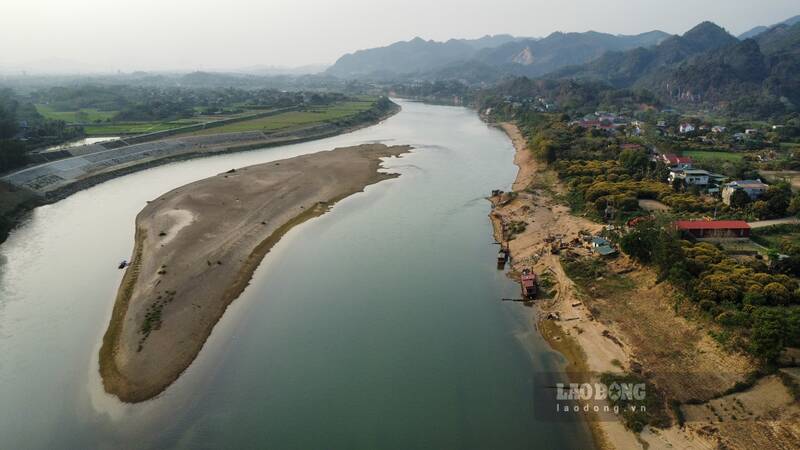
According to PV's records in early April 2025, the water level of the Lo River section through Tuyen Quang City decreased. Many locations are bare, revealing sand dunes in the middle of the river. Some footprints of Binh Ca bridge are at the foundation, many areas can wade across the river. On both sides of the riverbank area, rocks can be easily seen.
The water level of the Lo River has decreased significantly, affecting the livelihoods of many fishermen in Nong Tien ward, Tan Quang ward, Tan Ha ward, Tan Long commune, Binh Xa commune.
Mr. Nguyen Van Huy (Nong Tien ward, Tuyen Quang city) said that in recent days, the water level of the Lo River has decreased significantly, never so low.
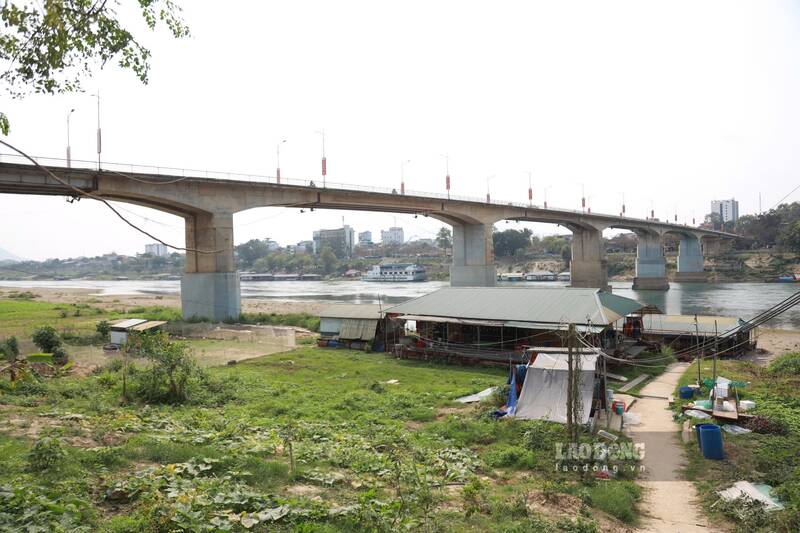

"The family has 5 fish cages, so when the water is drawn, the cage must be pulled into the middle of the river. If the cage is not transferred, the fish will die.
The dry season in recent years has been longer. At the end of the dry season like now, the water level will drop even more. The water is erratic, so there are many hardships," said Mr. Huy.
Some images on the Lo River:
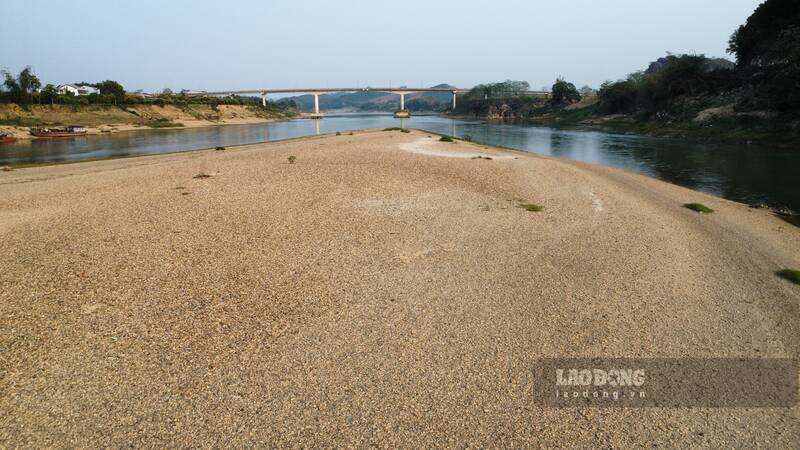
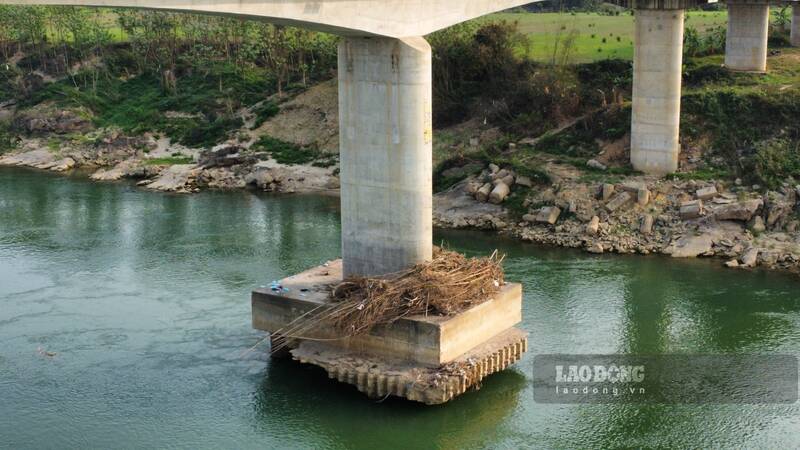

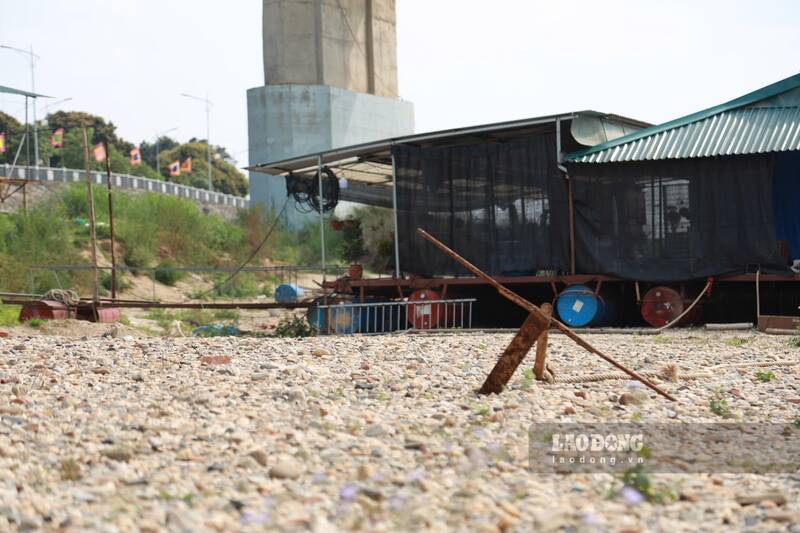
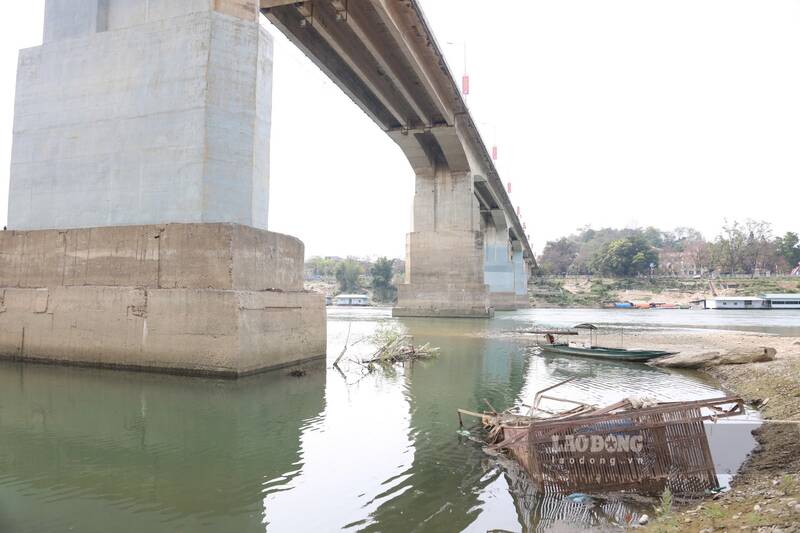

According to hydrometeorological experts, due to the impact of the El Nino phenomenon, the less rainy weather will last longer than the average of many years, seriously affecting the water resources of the river and stream systems in the area.
Tuyen Quang Hydrometeorological and Hydrological Station recommends that organizations and individuals monitor weather forecasts and warnings of hot weather to proactively implement solutions in production and daily life, minimizing losses caused by water shortages.











